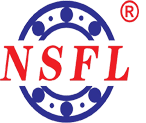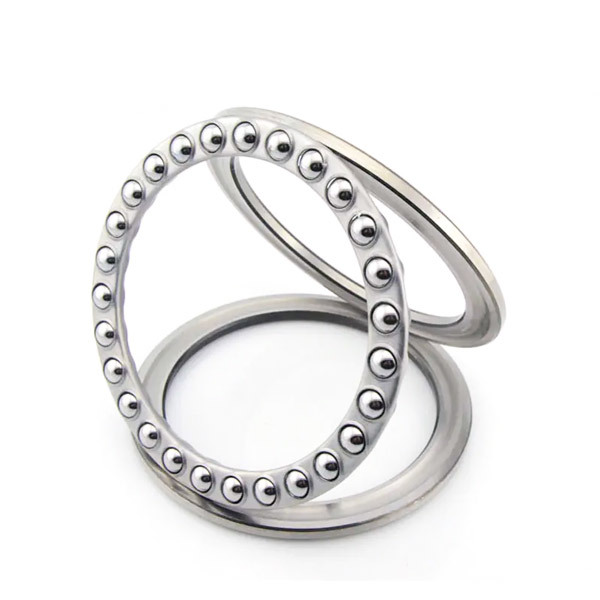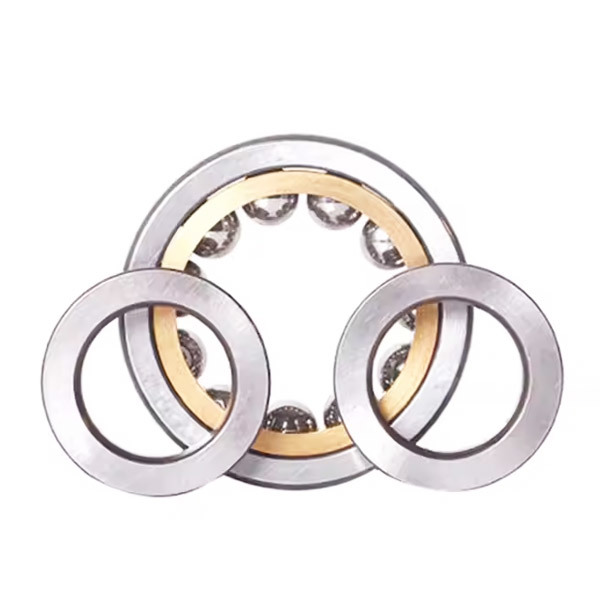13
2025
-
07
How Thrust Roller Bearings Enhance the Performance of Machinery
How Thrust Roller Bearings Enhance the Performance of Machinery Table of Contents 1. Introduction to Thrust Roller Bearings 2. What Are Thrust Roller Bearings? 3. Design and Structure of Thrust Roller Bearings 4. Advantages of Thrust Roller Bearings in Machinery 5. Applications of Thrust Roller Bearings 6. Maintenance and Care for Optimal Performance 7. Troubleshooting
How Thrust Roller Bearings Enhance the Performance of Machinery
Table of Contents
- 1. Introduction to Thrust Roller Bearings
- 2. What Are Thrust Roller Bearings?
- 3. Design and Structure of Thrust Roller Bearings
- 4. Advantages of Thrust Roller Bearings in Machinery
- 5. Applications of Thrust Roller Bearings
- 6. Maintenance and Care for Optimal Performance
- 7. Troubleshooting Common Issues with Thrust Roller Bearings
- 8. Conclusion
- 9. FAQs about Thrust Roller Bearings
1. Introduction to Thrust Roller Bearings
In the realm of industrial machinery, **thrust roller bearings** play a crucial role in ensuring smooth operation and longevity. These components can significantly enhance the performance of various machines by effectively handling axial loads. Their unique design allows them to support heavy loads while minimizing friction, which is essential for optimal functionality. In this article, we will delve into the intricacies of thrust roller bearings, exploring their design, advantages, applications, and maintenance practices.
2. What Are Thrust Roller Bearings?
Thrust roller bearings are specialized bearings designed to support axial loads, offering resistance to thrust in one direction. Unlike other types of bearings, such as ball bearings, thrust roller bearings utilize cylindrical rollers to distribute the load over a larger surface area. This design minimizes stress concentrations and enhances the bearing's ability to manage high axial forces.
These bearings are commonly used in applications where space constraints exist, and the load is predominantly axial. They are available in various configurations, including single direction and double direction thrust roller bearings, each tailored to specific operational needs.
3. Design and Structure of Thrust Roller Bearings
The design of thrust roller bearings focuses on achieving high load capacity and durability. The primary components include:
3.1 Cylindrical Rollers
Cylindrical rollers are the core elements of thrust roller bearings, providing a larger contact area compared to ball bearings. This design allows for the efficient handling of axial loads, reducing wear and tear.
3.2 Cage or Separator
The cage, or separator, is a crucial component that maintains the spacing between the rollers. This design prevents roller-to-roller contact, which can lead to increased friction and heat generation. The cage also ensures uniform load distribution and enhances the overall performance of the bearing.
3.3 Inner and Outer Rings
The inner and outer rings of thrust roller bearings provide structural integrity and stability. The inner ring is often fitted onto the rotating shaft, while the outer ring is mounted to the stationary part of the machinery. These rings must be manufactured with precision to ensure proper alignment and functionality.
4. Advantages of Thrust Roller Bearings in Machinery
Thrust roller bearings offer several advantages that make them indispensable in various machinery applications:
4.1 High Load Capacity
One of the most significant benefits of thrust roller bearings is their ability to handle substantial axial loads. This feature is crucial in applications such as gearboxes, where the forces exerted can be considerable.
4.2 Reduced Friction
The cylindrical design of thrust roller bearings inherently reduces friction compared to traditional ball bearings. This characteristic contributes to smoother operation and longer service life, making them a cost-effective solution in the long run.
4.3 Enhanced Stability
Thrust roller bearings provide excellent stability under heavy loads, ensuring that machines run efficiently without excessive vibration. This stability translates to improved performance and reliability.
4.4 Versatility
These bearings can be utilized in a wide range of applications, including automotive, aerospace, industrial machinery, and more. Their adaptability makes them suitable for various environments and operational conditions.
5. Applications of Thrust Roller Bearings
Thrust roller bearings are employed in numerous industries, showcasing their versatility and effectiveness in different applications:
5.1 Automotive Industry
In the automotive sector, thrust roller bearings are used in transmissions and differential gears, where they manage axial loads and enhance the overall performance of the drivetrain.
5.2 Industrial Machinery
Industrial equipment, such as cranes and hoists, rely on thrust roller bearings to handle heavy loads safely. Their capacity to withstand high axial forces is essential in these applications.
5.3 Aerospace
In aerospace applications, thrust roller bearings contribute to the performance of engines and landing gear systems. Their lightweight design and load-bearing capabilities are vital for aircraft safety and efficiency.
5.4 Renewable Energy
Thrust roller bearings play a significant role in wind turbines, where they manage the axial loads generated by the turbine's rotor. Their reliability ensures uninterrupted energy production.
6. Maintenance and Care for Optimal Performance
To ensure thrust roller bearings operate efficiently, regular maintenance is crucial. Here are some best practices for keeping these bearings in optimal condition:
6.1 Regular Inspections
Conduct routine inspections to identify signs of wear, such as discoloration or pitting on the roller surfaces. Early detection of issues can prevent costly downtime.
6.2 Lubrication
Proper lubrication is essential for reducing friction and heat generation. Use the manufacturer's recommended lubricant and apply it at regular intervals to maintain optimal performance.
6.3 Environmental Considerations
Protect thrust roller bearings from exposure to harsh environments, including moisture and contaminants. Use protective covers or seals to extend their service life.
7. Troubleshooting Common Issues with Thrust Roller Bearings
Even with proper maintenance, issues can arise. Here are some common problems and their solutions:
7.1 Excessive Noise
If thrust roller bearings produce unusual noises during operation, it may indicate wear or lack of lubrication. Inspect the bearings and ensure they are adequately lubricated.
7.2 Overheating
Overheating can result from inadequate lubrication or misalignment. Check the lubrication levels and ensure proper alignment of the bearing assembly.
7.3 Vibration
Excessive vibration may indicate a balance issue or damaged rolling elements. Perform a thorough inspection and correct any identified issues to restore smooth operation.
8. Conclusion
In conclusion, thrust roller bearings are essential components that significantly enhance the performance of machinery across various industries. Their unique design allows for efficient load handling, reduced friction, and improved stability, making them a preferred choice for many applications. By understanding their benefits and practicing proper maintenance, operators can ensure that their machinery runs smoothly and efficiently. Investing time and resources into the upkeep of thrust roller bearings will undoubtedly yield long-term benefits, including reduced downtime and increased productivity.
9. FAQs about Thrust Roller Bearings
9.1 What is the primary function of thrust roller bearings?
Thrust roller bearings primarily handle axial loads, providing stability and support in various machinery applications.
9.2 How do I know when to replace thrust roller bearings?
Signs of wear, unusual noises, and overheating are indicators that it may be time to replace thrust roller bearings.
9.3 Can thrust roller bearings be used in high-speed applications?
While thrust roller bearings excel in handling axial loads, their suitability for high-speed applications depends on specific design and material considerations.
9.4 What type of lubrication is recommended for thrust roller bearings?
It is essential to use the lubricant recommended by the manufacturer, as it ensures optimal performance and longevity of the bearings.
9.5 Are thrust roller bearings more efficient than ball bearings?
Thrust roller bearings generally offer better load capacity and reduced friction compared to ball bearings, making them more efficient in specific applications.
RELATED BLOGS
10% DISCOUNT FOR NEW CUSTOMERS

WhatsApp:+8613211157555
Tel: +8613211157555
Address:Room 1106, 11th Floor, No. 23, Fengshan West Road, Jinbang Community, Daliang Street, Shunde District, Foshan City, Guangdong Province
Copyright 2025 Schaeffler (Guangdong) Transmission Technology Co., Ltd. SEO Business license




